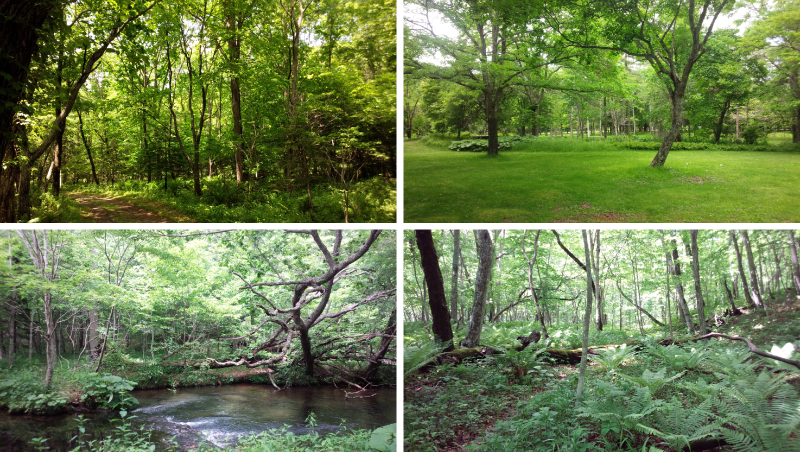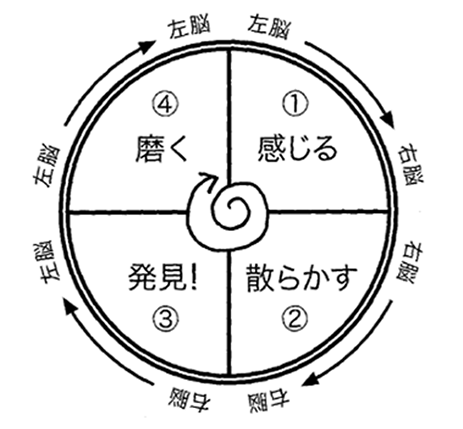Note: This website was automatically translated, so some terms or nuances may not be completely accurate.
The greatest mistakes occur when plans are faithfully executed.
Was this article helpful?
Newsletter registration is here
We select and publish important news every day
For inquiries about this article
Back Numbers
Author

Sōo Yamada
Dentsu Inc.
First CR Planning Bureau
Creative Director
Meiji Gakuin University Part-time Lecturer (Business Administration) Using "concept quality management" as its core technique, this approach addresses everything from advertising campaigns and TV program production to new product/business development and revitalizing existing businesses and organizations—all through a unique "indwelling" style that immerses itself in the client's environment. Founder of the consulting service "Indwelling Creators." Served as a juror at the 2009 Cannes Lions International Festival of Creativity (Media category), among other roles. Recipient of numerous awards. His books, "The Textbook of Ideas: Dentsu Inc.'s Circular Thinking" and "How to Create Concepts: Dentsu Inc.'s Ideation Methods Useful for Product Development" (both published by Asahi Shimbun Publications), have been translated and published overseas (in English, Thai, and the former also in Korean).








